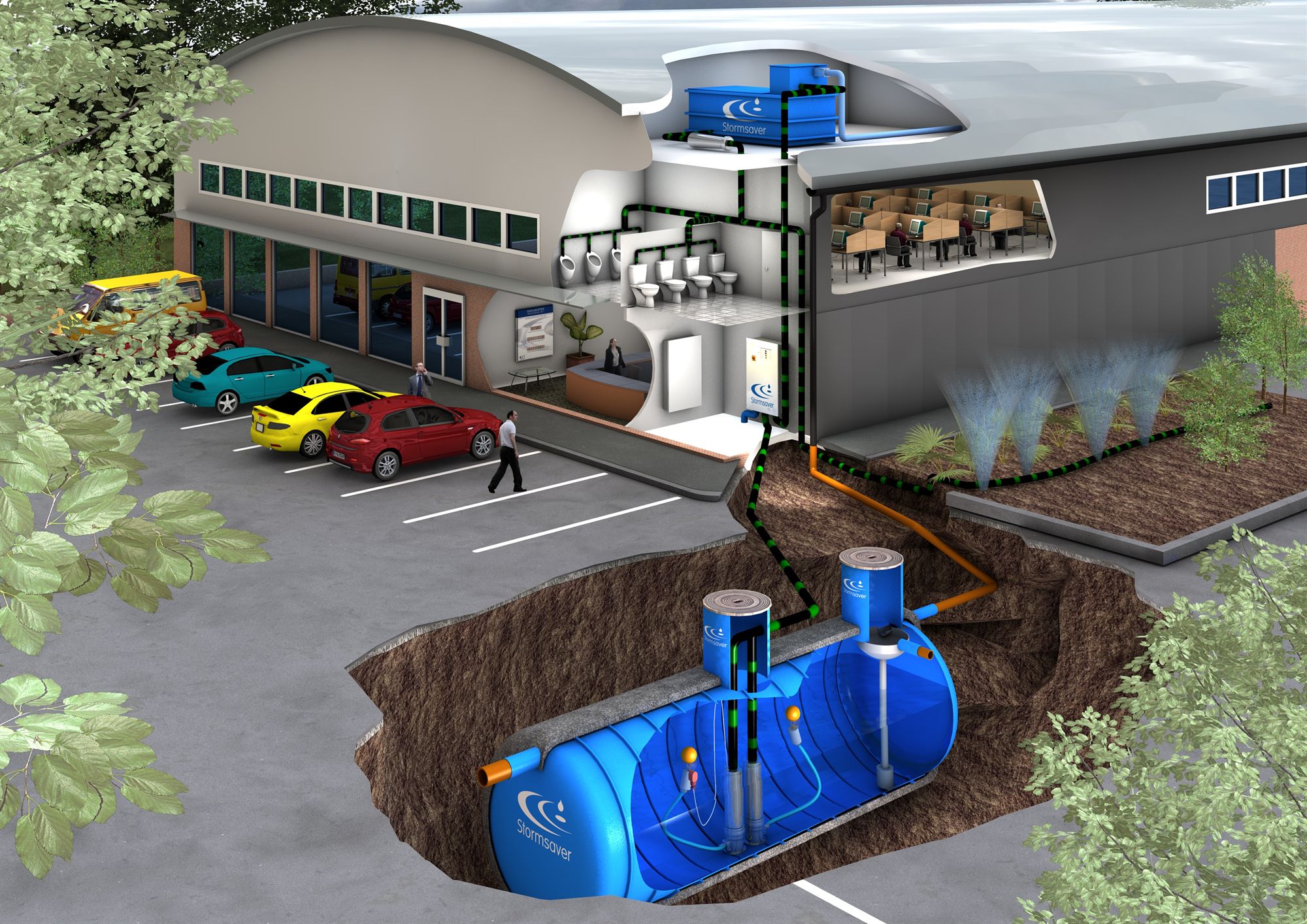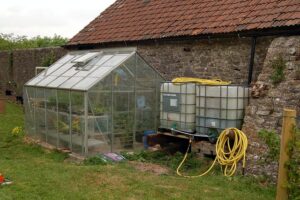- Rainwater harvesting can be done on a small scale or large-scale
- A rain barrel is an excellent way to harvest water from the roof of your home
- The best place for a rain barrel is near your downspouts so that you don’t have to carry the water very far
- When it comes time to use the collected water, pump it into a container and then pour it into another container with a spout for easy access
- You can also purchase an automatic watering device that will turn off and on as needed
- Harvesting rainwater not only saves money but also helps keep our environment clean by reducing storm runoff.
Rainwater harvesting (RWH) methods for different uses
There are several ways to collect rainwater. Some of them are described below briefly. Please read further on the internet for more information about each method.
For drinking water, you can use: A roof system collecting water from your house or business; A ground-surface system (like a big basin) collecting rainwater where it falls; An underground system (like a big water tank underground).
Water suck up by means of pumps and pipes into containers that hold less than 60 000 liters. Water distributed through the house with taps and pipes is called potable water, which means suitable to drink without any treatment.
Beneath this there’s an explanation on how to make your own rainwater harvesting system.
There are five major components involved in an RWH system: rooftop catchment, gutters and downspouts, storage tanks, pumps and piping. A typical home RWH system has these components. The amount of water collected depends on the size of catchment area (roof) and the storage tank capacity.
For gardening you can use different methods like underground reservoirs or aboveground reservoirs made out of plastics or fiberglass for example. Remember to choose a place that is not too close to footpaths or streets where dirty water from cars might drain into it.
If you want to have some kind of safety reserve for your home it might be wise to build a big cistern underground where you can store bigger quantities of water. You are probably able to save money by installing your own RWH system.
Rainwater harvesting methods for different uses
There are several ways to collect rainwater. Some of them are described below briefly. Please read further on the internet for more information about each method. For drinking water, you can use: A roof system collecting water from your house or business.
A ground-surface system (like a big basin) collecting rainwater where it falls; An underground system (like a big water tank underground); Water suck up by means of pumps and pipes into containers that hold less than 60 000 liters.
Water distributed through the house with taps pipes is called potable water, which means suitable to drink without any treatment.
For gardening you can use different methods like underground reservoirs or aboveground reservoirs made out of plastics or fiberglass for example. Remember to choose a place that is not too close to footpaths or streets where dirty water from cars might drain into it .
If you want to have some kind of safety reserve for your home it might be wise to build a big cistern underground where you can store bigger quantities of water. You are probably able to save money by installing your own RWH system.





